It's a rather quaint evening at home after a long day of work. The clock has just struck 8 PM and you feel a familiar itch creeping in, that deep-seated desire for some wholesome gaming action to unwind and de-stress. But alas, your dedicated gaming setup lies in another room, far removed from the cozy nook you currently occupy with just your trusty laptop by your side. Though compact and convenient, your portable companion lacks the visual punch and immersive gaming capabilities to satisfy your cravings. Or does it?
What if we told you there was a way to transform that humble laptop into an absolute gaming beast, unlocking a realm of visceral graphics and non-stop entertainment ripe for the taking? A way to fuse portability and power into one delectable gaming cocktail. Sounds tempting, doesn't it? Well, fellow reader, you've come to the right place.
In this comprehensive guide, we'll explore the tantalizing possibilities of connecting your Xbox console to your laptop, merging these worlds into one portable gaming powerhouse primed for next-level visuals and unbridled gaming joy.
We'll cover everything from gathering the essential equipment, step-by-step connection instructions, display configurations for optimization, and tips on enhancing your overall experience. So buckle up and brace yourselves, folks. We're about to take gaming nirvana mobile!
Table of content
- 1. The Allure of Fusing Xbox and Laptop into One Portable Gaming Unit
- 2. Gearing Up: Assembling the Necessary Equipment
- 3. Step 1: Locating Your Laptop's HDMI Input Port
- 4. Step 2: Connecting Our Devices Via HDMI Cable
- 5. Step 3: Getting Visuals Flowing - Display Configurations
- 6. Step 4: Accessorizing Your Xbox Laptop Experience
- 7. Step 5: Configuring Xbox Remote Play on Laptop
- 8. Tips to Further Elevate Your Xbox Laptop Experience
- 9. Troubleshooting Common Xbox-to-Laptop Connection Issues
- 10. Conclusion
-
11. People Also Ask
- 11.1 Can I use any HDMI cable to connect my Xbox to my laptop?
- 11.2 What should I do if my laptop only has an HDMI output port?
- 11.3 How do I know if my laptop supports HDMI input?
- 11.4 Is there a way to improve the video quality when connecting Xbox to a laptop?
- 11.5 Can I use this setup for other gaming consoles as well?
The Allure of Fusing Xbox and Laptop into One Portable Gaming Unit

Before we plunge headfirst into the realm of cables and connections, let's first set the stage on why combining your Xbox console and laptop into one portable gaming unit can be an absolute game-changer:
Unleashing the Power of Xbox Visuals from Anywhere
Your Xbox console, be it the latest visually stunning Xbox Series X or the ever-reliable Xbox One, packs some serious graphical punch and immersive gaming capabilities you just won't find in most standard laptops. We're talking mind-blowing 4K resolution at blistering 120 frames per second with Dolby Atmos surround sound.
By hooking this beast up to your portable device, you in essence transform your humble laptop into a gaming monster capable of triple-A visuals and audio from literally anywhere - free from the confines of your living room setup. Take that, PlayStation fanboys!
Maximizing Portability for Gaming On-the-Go
As capable as modern gaming laptops have become, they still come saddled with bulk and poor battery life compared to your average ultrabook or Macbook. By instead utilizing your Xbox as the core gaming machine and streaming everything to your lightweight laptop, you get the best of both worlds - extreme power and maximum portability.
Imagine busting out your sweet gaming setup during a long train ride or boring business trip. Throw some games up on that hotel room TV. Sky's the limit when your entire Xbox gaming library fits neatly into a backpack!
Flexibility to Game Anywhere with Any Display
Large 4K TV? Old 1080p monitor? Heck, even that dusty projector in your storage closet. By utilizing your laptop as a conduit to your Xbox, you can tap into your console's gaming goodness on virtually any display with an HDMI input.
Tablets and phones can also get in on the fun using remote streaming over WiFi. Nothing beats choice and flexibility.
Cost Savings Over Dedicated Gaming Laptops
Capable gaming laptops often run $1,500+ easy. And they still won't match your Xbox's graphical capabilities or gaming ecosystem. By comparison, an Xbox Series S rings in around $250 these days. Even adding a higher-end ultrabook, you're looking at serious cost savings over an equivalent gaming laptop setup.
That's more money left in your pocket for important stuff - like games and pizza!
Gearing Up: Assembling the Necessary Equipment
Alright, before we get down and dirty with cables and connections, let's take a quick inventory to ensure we have all the essential gear needed to make this Xbox-to-laptop fusion a rousing success:
|
Equipment |
Description |
|
Xbox Console |
The beating heart of our operation and gateway to gaming nirvana. Any Xbox One or Xbox Series X/S model will do splendidly. Ensure your console is in good working condition before connecting. |
|
Laptop |
Your portable canvas used to display and interact with Xbox games and media. Ensure your model has an HDMI input port or adapter capability for video connectivity. |
|
HDMI Cable |
The vital link that bridges our Xbox world to our laptop display. A high-quality cable like the 8K 48Gbps HDMI Cable prevents signal issues. |
With these absolute essentials covered, we technically have all the gear needed to fuse our Xbox gaming goodness into laptop form. But while functional, let's further enhance our experience with some optional extras:
|
Optional Extras |
Description |
|
HDMI Adapter |
Don't have an HDMI port on your laptop? An adapter like the USB-C to HDMI Adapter bridges the connectivity gap. |
|
Wireless Controller |
Cut the cord with a wireless controller like the Wireless Xbox Controller for greater freedom. |
With our gear secured, it's time to move onto the main event - physically connecting our Xbox console to our laptop and configuring all the necessary settings. Let the gaming glory commence!

Step 1: Locating Your Laptop's HDMI Input Port
The first order of business is locating the magical gateway that will deliver our Xbox's graphical greatness into the laptop realm - the HDMI input port.
What is an HDMI input port?
For the uninitiated, HDMI stands for "High Definition Multimedia Interface" - the modern standard for transmitting ultra high-def video and audio signals between devices. That means crisp 4K visuals with surround sound.
An HDMI input port specifically allows a device to receive and display HDMI video signals from an external source, such as our Xbox console. The port is typically labeled "HDMI IN" or similar.
Finding the HDMI input port
HDMI ports can lurk in all sorts of sneaky spots, often along the back or sides of a laptop. Refer to your user manual or search online to pinpoint the exact location for your specific model.
If striking out, try these common spots where HDMI ports like to hide:
- Along the back near other display outputs
- Left or right edges
- Shared port cluster with other connectors
- Hidden under a port cover
The key is carefully scanning the perimeter and being vigilant for that promising "HDMI IN" label beckoning you closer...
Troubleshooting missing HDMI ports
"Gasp! My laptop lacks an HDMI port!"
Fear not, for salivation lies in HDMI adapters which can add the input port capability through your USB-C, Thunderbolt, or other ports.
Quality adapters like the USB-C to HDMI Adapter can transmit extremely high resolution signals without issue. Just plug it into an available data port and presto - instant HDMI input for our Xbox fusion project!
With HDMI input capability secured, we're finally ready to get physical...
Step 2: Connecting Our Devices Via HDMI Cable
The stars have aligned - we have our Xbox console, our laptop is primed for visual intake, and we have our trusty HDMI cable ready to unite these worlds at last!
Without further ado, let's connect things up:
- Connect Xbox End:Grab your HDMI cable and insert one end into the HDMI output port located on the rear of your Xbox console. Push firmly until the cable clicks securely into place.
- Connect Laptop End:Next, grab the opposite end of the HDMI cable and insert it into the HDMI input port on your laptop (or HDMI adapter if utilizing one). Again, ensure the cable clicks snugly into position.
- Secure Cable:Position and secure the HDMI cable safely out of the way. Excess cable slack can lead to pinching or interference. Zip ties and adhesive clips work great to neatly tame your cable.
With both ends of our HDMI tether now locked firmly in place, our Xbox-to-laptop fusion project becomes whole! But alas, further configuration and fine-tuning awaits before we indulge in gaming glory...
Step 3: Getting Visuals Flowing - Display Configurations
Alright, with our devices physically tethered via HDMI, it's time to flip the switches and get our visual pipeline primed and flowing!
Here's how to unlock the magical video relay between Xbox and laptop:
Power Up Devices
- Power on Xbox- Flip that switch and bask in the glow of your console coming to life!
- Power on Laptop- Boot up your portable rig as well. Make sure it doesn't automatically go into sleep mode.
Enable External Display Output on Xbox
By default, most Xbox consoles only transmit video signal through their HDMI output when actively playing media or games.
We can override this via display settings to get continuous video flowing:
- On your Xbox console, navigate to: Settings> General > TV & display options
- Set Video fidelity & overscanto HDMI
- Disable Allow YCC 4:2:2
- Set Color depthto 30 bits per pixel (10-bit)
These tweaks will maximize display compatibility and get continuous video pumping out via HDMI so images properly relay to our laptop.
Select "HDMI IN" as Display Input on Laptop
With Xbox now spitting continuous video out its HDMI port, we need to tell our laptop to latch onto that incoming signal.
Every laptop has slightly different menus, but look for an external display selector of sorts in your display settings to choose "HDMI IN" as the active display input source.
If you successfully connected your HDMI cable and configured both devices properly, your laptop display should suddenly flicker to life, mirroring everything from your Xbox UI!
Fine-Tuning Display Settings
With a video signal established, a few quick display tweaks can take things from functional to fantastical:
Resolution
Under Xbox Settings > General > TV & display options:
- Select highest supported resolution that matches your laptop native resolution (1080p, 1440p, 4K, etc)
Refresh Rate
- Match Xbox refresh rate (60hz, 120hz, etc.) to your laptop's capabilities
HDR
- Under Xbox video modes, enable HDR if supported by laptop display
Calibrate HDTV
- Xbox can further tune display compatibility with your specific laptop model
We're now pumping pure high-def Xbox fuel straight into our laptop's display! Let's keep enhancing...
Step 4: Accessorizing Your Xbox Laptop Experience
With our displays fused successfully, let's explore some tasty optional extras and accessories that can really elevate this Xbox laptop gaming experience:
Wireless Controllers
While Xbox controllers will function when directly wired to your laptop's USB ports, cutting the cord with wireless controllers like the Wireless Gaming Controller vastly improves flexibility and ergonomics.
No more getting tangled in cords or straining to extend your reach!
Headsets & Sound Systems
While laptop speakers work fine for casual use, serious gaming demands truly immersive audio. So why not indulge in the full Dolby Atmos spatial surround sound pumping from your Xbox?
Options for tapping into rich Xbox audio bliss:
- Wired gaming headsets- Simple and effective
- Wireless gaming headsets- Untethered freedom
- Soundbars- Powerful external speaker systems
- Home theater receivers- For full multi-speaker setups
Laptop Cooling Solutions
Gaming laptops are notorious for excessive heat buildup and throttled performance. We can circumvent this by keeping our laptop cool:
- Laptop cooling padslike the 5-Fan RGB Cooling Pad offer larger fans and improved airflow
- Laptop standspromote airflow from underneath
- External fansprovide supplemental spot cooling
USB Accessories & Peripherals
With USB ports on your laptop now in reach, enjoy hooking up Xbox gaming peripherals for a more desktop-like experience:
- Wired controllers- Direct USB connections without batteries
- Control pads- For arcade stick or throttle quadrant inputs
- Steering wheels- Driving & racing realism
- Flight sticks- Immersive aerial combat
- Pedals- Accelerate, brake, and clutch
- Gamepads- Streamlined keypads
- Mouse & keyboard- Precision input devices
The world is your oyster when it comes to accessorizing!
Step 5: Configuring Xbox Remote Play on Laptop
Up until now we've focused primarily on mirroring your Xbox screen onto your laptop display. But an even more compelling enhancement lies in true untethered remote play.
Remote play allows streaming your full Xbox experience directly into the Xbox app on Windows 10/11 laptops with flawless wireless controller integration.
Let's set things up:
Enable Remote Features on Xbox
On your console, go to:
Settings > Devices & connections > Remote features
Enable the following:
- Remote features- Allows remote streaming
- Remote device streaming- Streaming to mobile devices
- Device streaming- Laptop streaming
- Wake on LAN- Power on via network signal
We now have all the framework in place for sweet untethered remote goodness!
Download Xbox App on Windows Laptop
Head to the Microsoft Store on your Windows 10 or 11 laptop and download the official Xbox App - our gateway to tapping into Xbox Remote Play from anywhere.
Once installed, sign in using the same Xbox/Microsoft account as your console and continue setup when prompted.
Connect Laptop and Xbox via Network
For remote play to work properly, your Xbox and laptop need to occupy the same local network.
Simple options:
- Connect both to same WiFi router
- Use laptop's mobile hotspot and connect Xbox to it
Network connected? Excellent!
Initiate Remote Play
With Xbox and laptop linked on a shared network with remote play features enabled, we're finally ready go into full remote mode!
Open the Xbox app on your laptop and select the Connect button next to your Xbox console name. Choose "Play remotely" from the dropdown menu.
Select Continue on any prompt screens to fully hand over control to your laptop.
If all goes smoothly, your entire Xbox UI should now be streaming directly into the Xbox app, fully playable using wireless controllers!
Freedom at last!
Refining Your Remote Play Experience
A few quick tweaks under Settings > General can make remote play feel even more fluid:
- Maximize streaming qualitywhen on fast network
- Disable Match console frame ratefor smoother visuals
- Bump up Controller vibration strengthcloser to 100%
Immerse yourself completely!
Tips to Further Elevate Your Xbox Laptop Experience
With all our gear connected and graphics firing on all cylinders, let's polish off this fine gaming cocktail with some additional tips:
- When traveling, use a laptop privacy filter- thwarts prying eyes seeing your sweet onscreen gaming action
- Position laptop on raised surfaceto prevent overheating issues
- Connect devices to a battery packor outlet extender for unlimited off-grid power
- Setup a mobile hotspotvia smartphone when WiFi is unreliable
- Use gaming headset splitterfor multiplayer chat and game audio
- Mount your laptop on a wall mountor folding desk arm for space savings
- Add RGB lighting stripsfor extra gaming atmosphere!
Let creativity run wild enhancementing your portable Xbox rig!
Troubleshooting Common Xbox-to-Laptop Connection Issues
Alas, despite our noble efforts, gremlins of woe occasionally creep in foiling our plans for gaming glory.
Fear not! Here are remedies for some common connectivity conundrums:
No signal on laptop display?
- Check HDMI cable connections at both ends
- Try different HDMI cable
- Ensure laptop recognizes "HDMI In" signal
Choppy or distorted visuals?
- Set Xbox display resolution to match native laptop resolution
- Use shorter HDMI cable or HDMI signal amplifier
- Check for loose/faulty HDMI cableconnections
No laptop audio when connected?
- Under Sound settings, set HDMI audio to stereo uncompressed
- Try different HDMI port on Xbox
- Enable/disable HDCP content protection
Xbox powers off when connected?
- Xbox set to Energy Saver mode - change to Instant On
- Eco Mode triggering shutdown - disable Feature
Laptop not detecting Xbox controller inputs?
- Re-pair controller with sync button
- Try different USB port
- Ensure controller drivers up to date
With some diligent trial and error across devices, cables, and settings, you should ultimately break free from any gremlins seeking to thwart our gaming goals!

Conclusion
So, after our epic journey traversing hardware configurations, display tweaks, practical accessories, and troubleshooting wisdom, we stand proudly gazing upon our now complete high-def gaming masterpiece - the awesome fusion between Xbox power and laptop portability.
No longer confined by living room televisions or cumbersome gaming laptop bulk, having your full Xbox gaming ecosystem packed neatly into an ultra-slim portable form factor fills a gadget lover's heart with profound joy.
Whether battling epic story campaigns from hotel beds, dominating deathmatches at the airport lounge, or streaming Xbox Cloud gameplay from makeshift backyard hammock "home theaters", we hope the knowledge contained within this tome helps breath new possibility into your mobile entertainment pursuits.
Now enough talk - it's time to indulge in some sumptuous gaming therapy! Here's to portable power and visual splendor. Game on!
People Also Ask
Can I use any HDMI cable to connect my Xbox to my laptop?
Not all HDMI cables are created equal. While most HDMI cables should work for connecting your Xbox to a laptop, it's recommended to use a high-quality, high-speed HDMI cable for the best video and audio quality. Cheaper cables may not support the full bandwidth required for high-resolution gaming, resulting in signal degradation or compatibility issues.
What should I do if my laptop only has an HDMI output port?
If your laptop only has an HDMI output port and no HDMI input, you won't be able to directly connect your Xbox to the laptop's display. However, you can use an HDMI capture device or a video capture card that accepts HDMI input from your Xbox and transfers the video signal to your laptop via USB or other connections.
How do I know if my laptop supports HDMI input?
Most modern laptops come with at least one HDMI port, but it's essential to check if it supports HDMI input or is only an output port. Consult your laptop's manual or specifications to determine if it has an HDMI input port. If it does, you can directly connect your Xbox to the laptop's display using an HDMI cable.
Is there a way to improve the video quality when connecting Xbox to a laptop?
Yes, there are a few ways to improve the video quality when connecting your Xbox to a laptop. First, ensure you're using a high-quality HDMI cable capable of handling the resolution and frame rate you're aiming for. Second, adjust the video settings on your Xbox to match the laptop's display capabilities. Finally, consider using a dedicated graphics card or external GPU if your laptop's integrated graphics can't handle the Xbox's video output optimally.
Can I use this setup for other gaming consoles as well?
Absolutely! The process of connecting a gaming console to a laptop via HDMI is generally the same for most consoles, including PlayStation, Nintendo Switch, and others. As long as your laptop has an HDMI input port or you're using an HDMI capture device, you can connect and enjoy gaming on your laptop's display with various consoles.

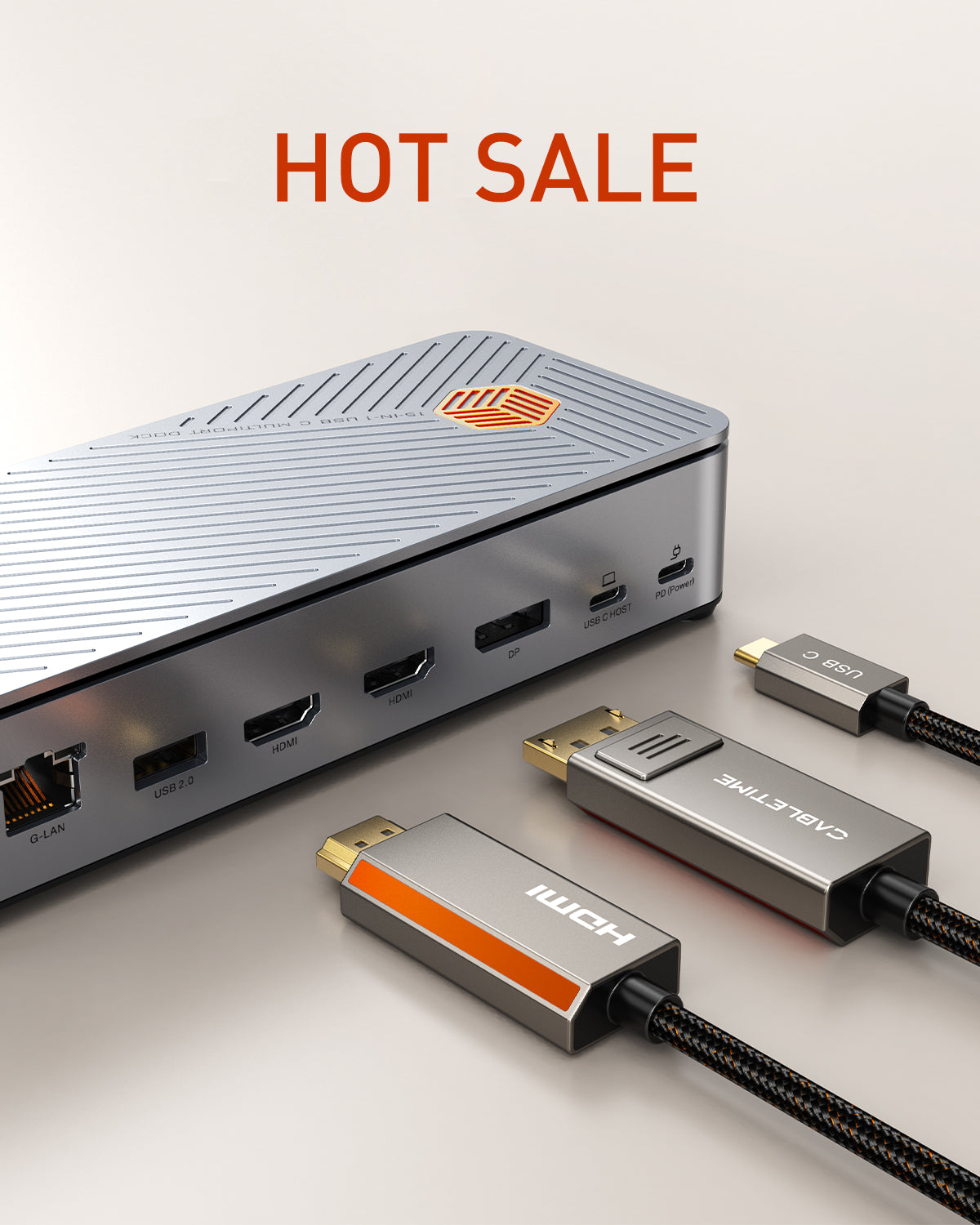
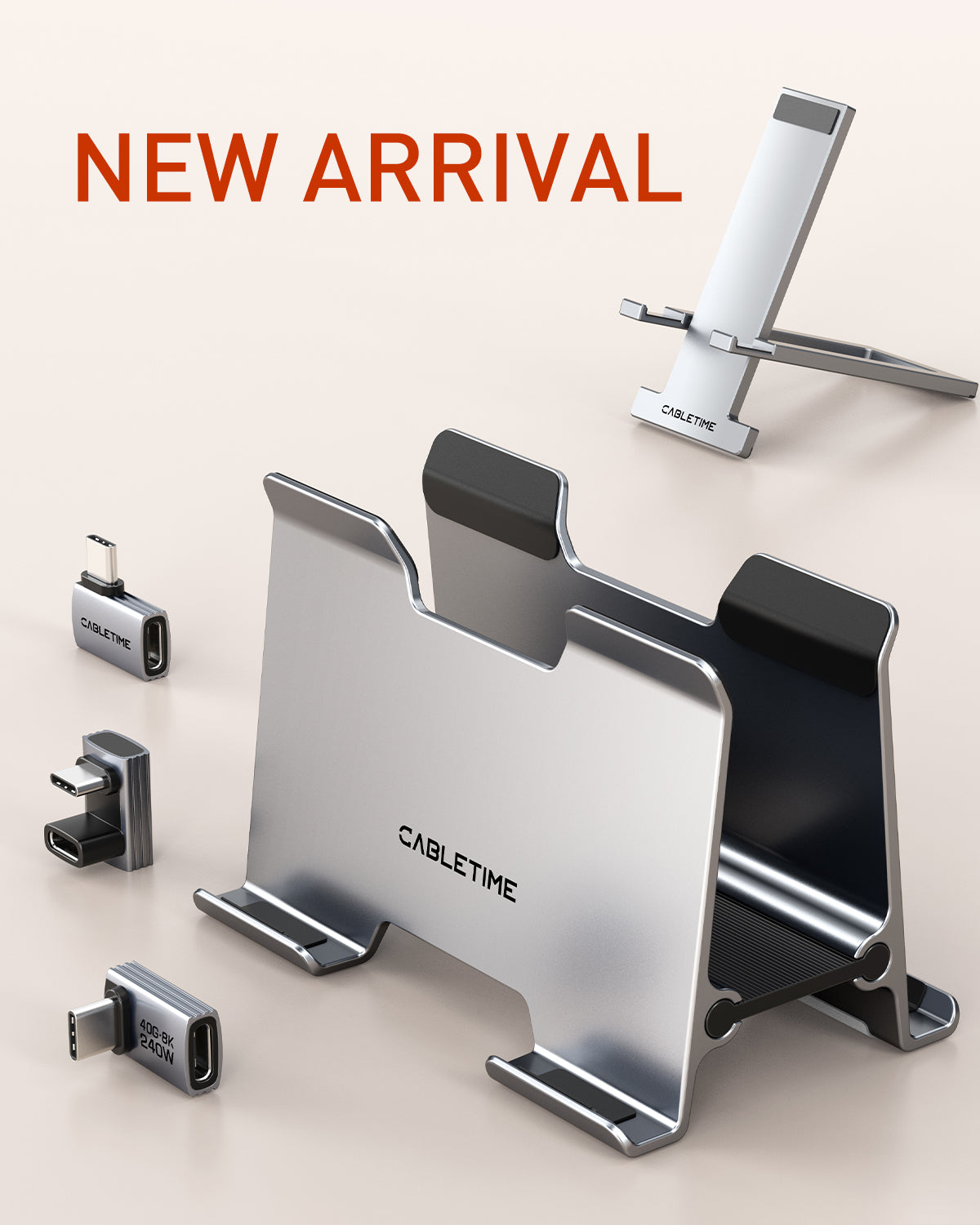
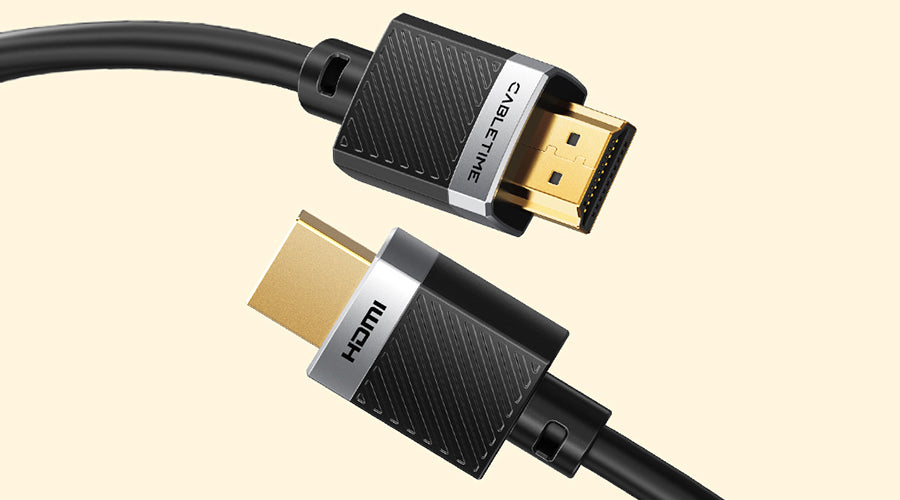
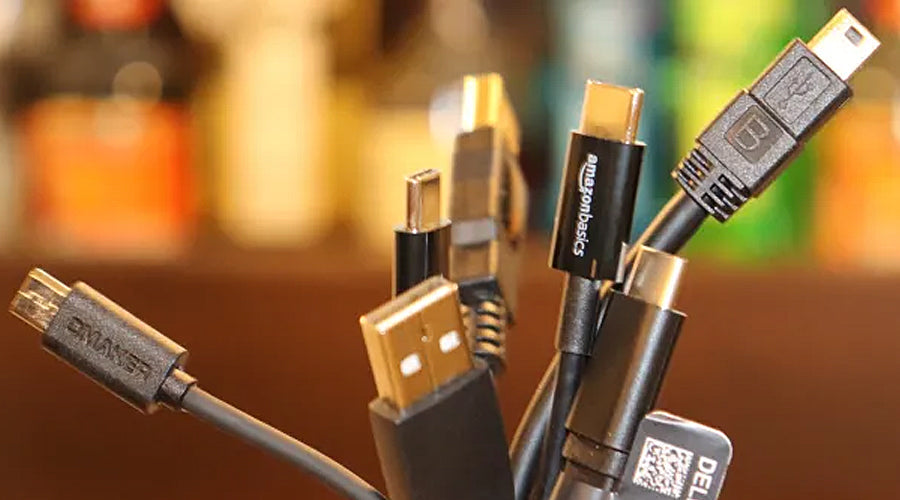
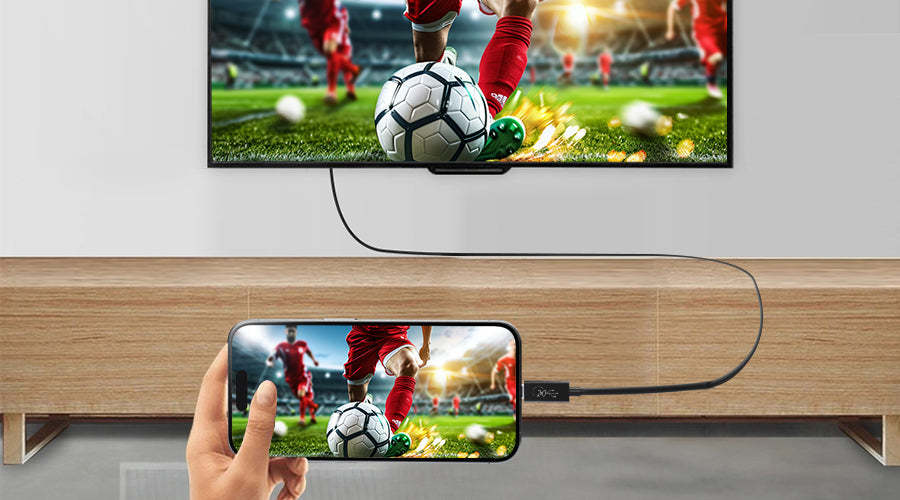
Leave a comment
This site is protected by hCaptcha and the hCaptcha Privacy Policy and Terms of Service apply.